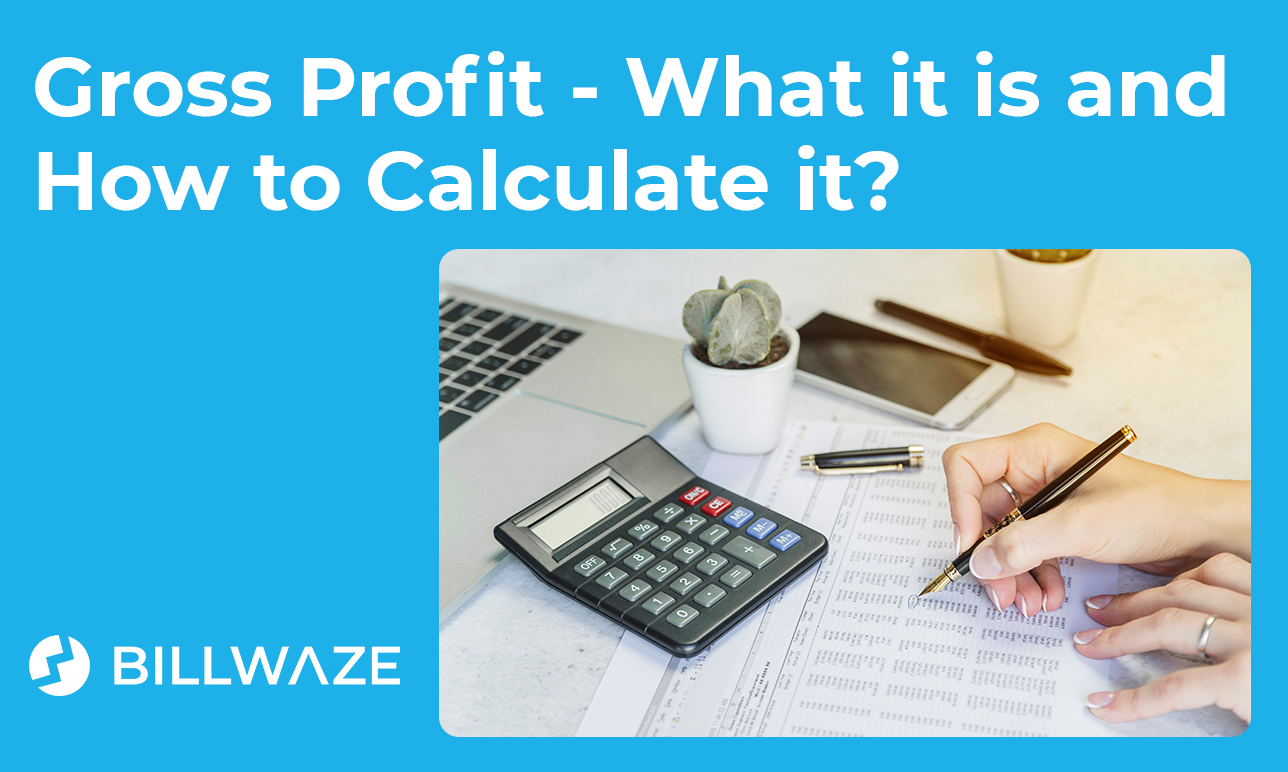In accounting terms, when we talk about gross profit, we are referring to the income that a business has left over after paying all the direct costs related to manufacture of a product.
The formula to calculate gross profit is:
Let’s remind ourselves what some of those terms mean.
REVENUE
When a business sells a product, the money they get in return is their revenue. Generally this is counted over a specific reporting period.
COST OF GOODS SOLD
We’ve looked in detail at COGS (cost of goods sold) in a previous article. In essence it is the sum of all direct costs associated with the manufacture of a product, including costs such as labor, factory overheads, materials, storage and depreciation.
Here’s an example of how a business would calculate its gross profit:
Bob’s Hardware Store is coming to the end of another financial year and it’s time to calculate their gross profit.
Bob knows from his accounts that the total amount of revenue before and deductions is $450,000. Next, he works out his cost of goods sold, which includes all the money he has paid for products, plus factors such as storage costs and depreciation. Bob’s COGS works out to be $300,000.
Knowing the formula above for calculating gross profit, Bob subtracts his COGS from his revenue. $450,000 – $300,000 = $150,000. Bob’s gross profit for the year is $150,000.
So What is Gross Profit Margin?
When talking about gross profit margin, we are simply expressing gross profit as a percentage, rather than a dollar figure.
To calculate the gross margin, we extend the gross profit formula as follows:
Using Bob’s figures from the example above, to calculate his gross profit margin we take the gross profit figure, divide it by revenue and multiply the result by 100. So we get $150,000 / $450,000 = 0.33, and 0.33 x 100 = 33. So Bob’s gross profit margin is 33%.
Why do We Need to Worry About Gross Profit Margin?
Because gross profit margin accounts for cost of goods sold, it can be very important in assessing how well a business is performing with regards to the purchase (and subsequent cost management) of supplies. Changing costs of purchasing, labor, warehousing and other elements all impact directly on the gross profit margin.
Net vs Gross Profit – What’s the Difference?
Remember that gross profit only deals with the deduction of costs directly associated with the manufacture or purchase of a product.
Net profit, on the other hand, is what remains once all expenses have been accounted for. These expenses fall under the umbrella term “fixed costs”, and include costs such as payroll, utilities, taxes, insurance, rent, depreciation, equipment leases and advertising marketing.

 Billwaze
Billwaze 


